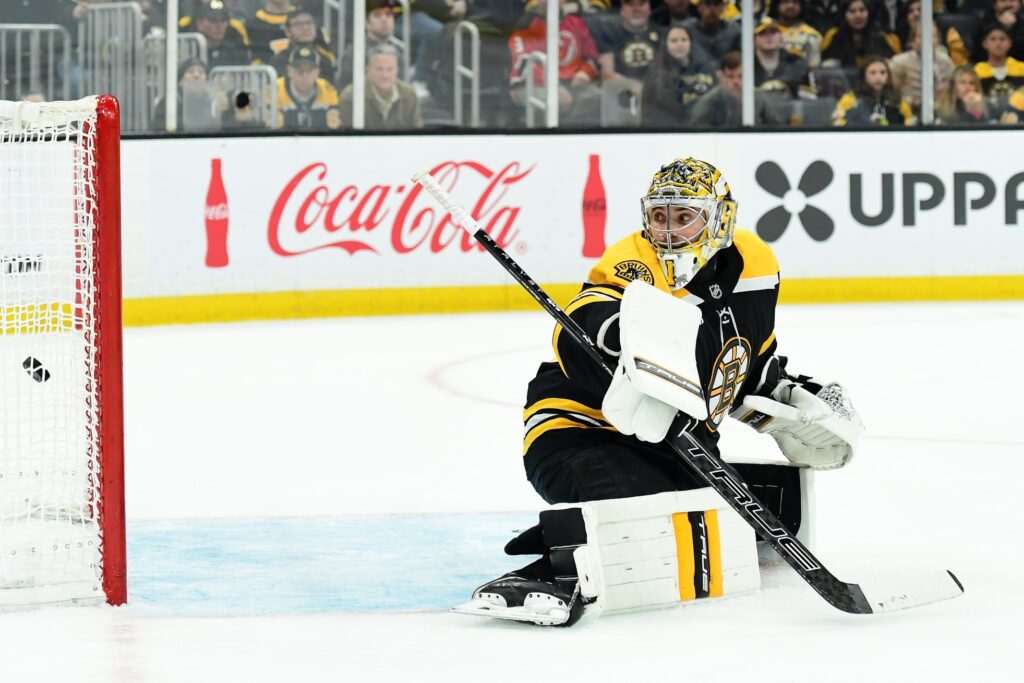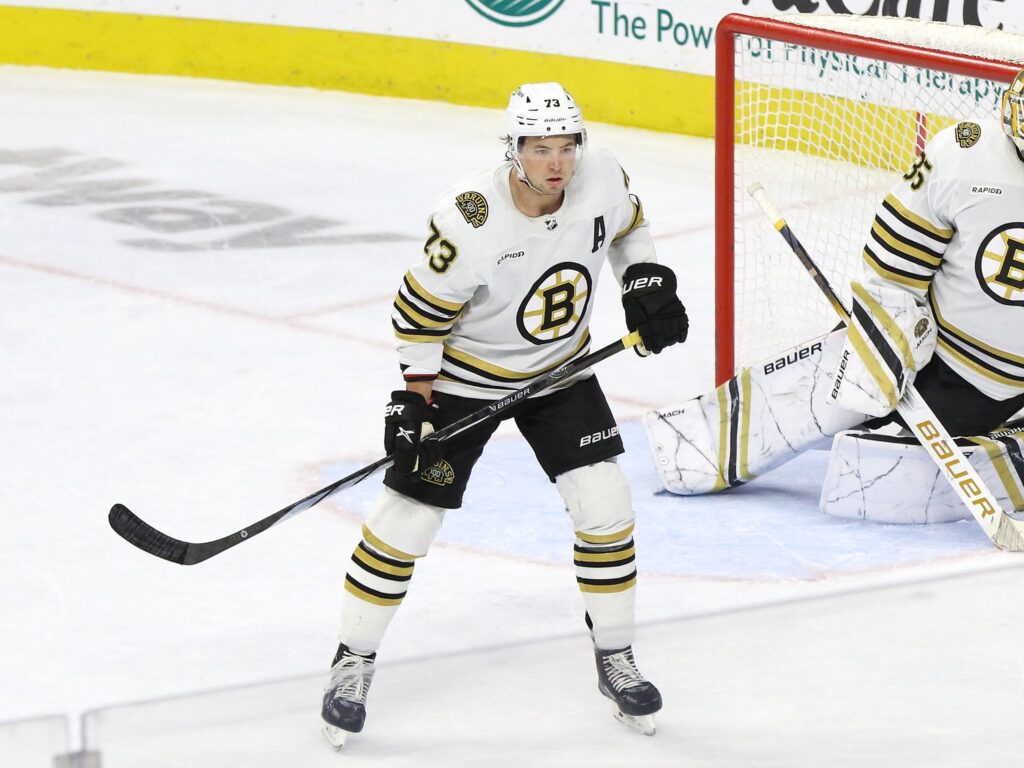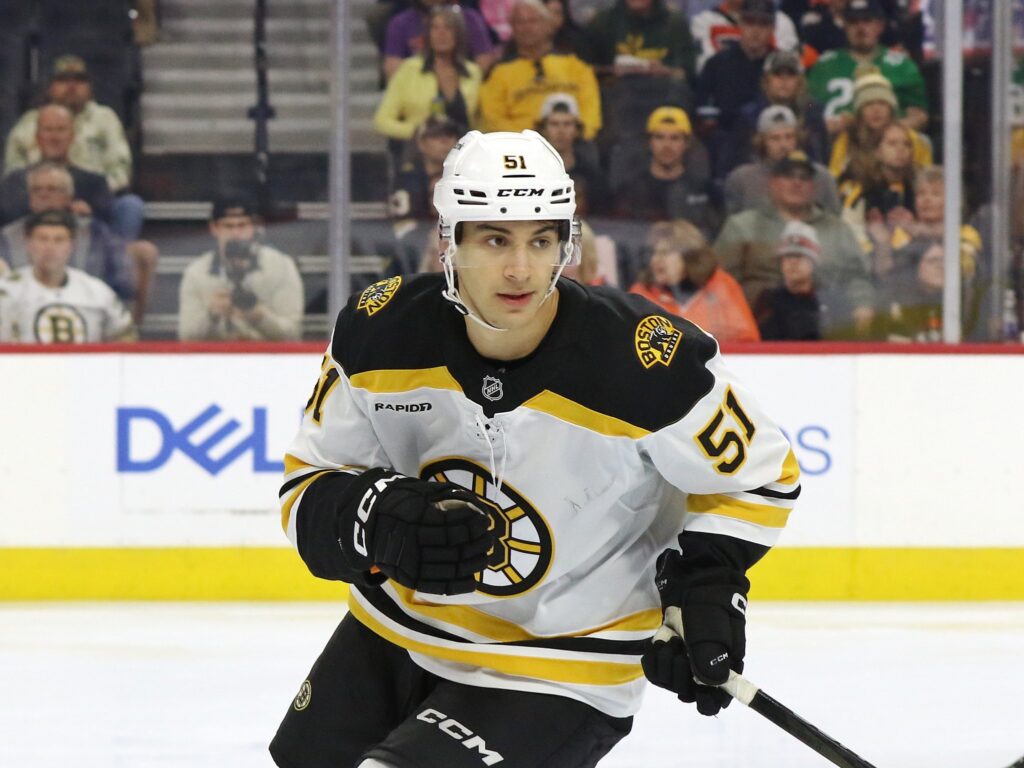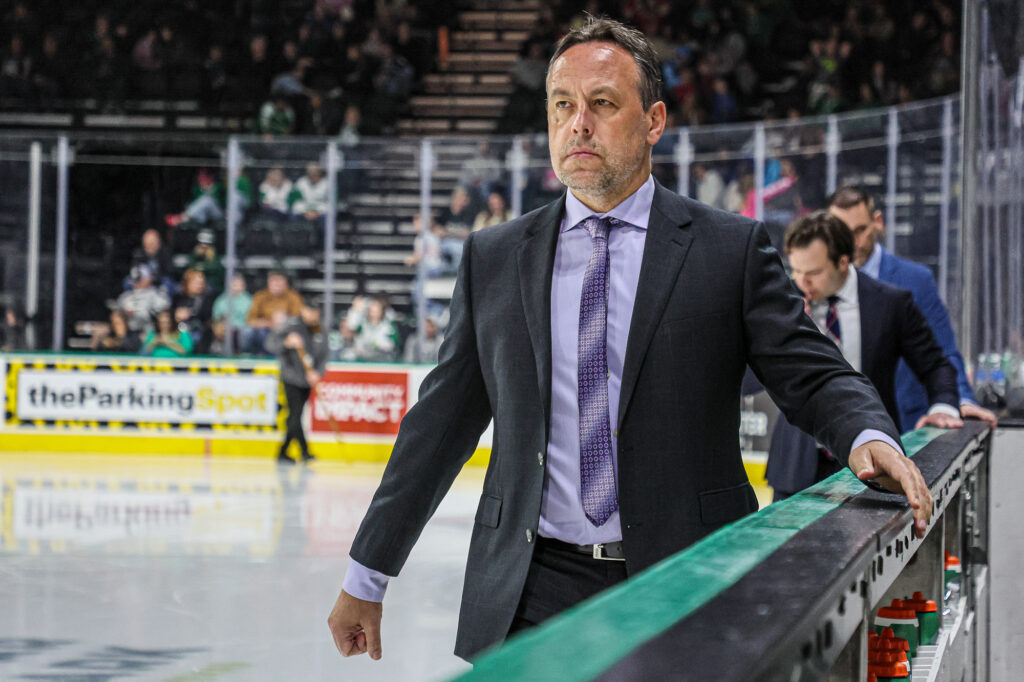The chill in the air that signals the start of hockey season feels different in Boston this year. Gone is the swagger of a perennial contender, the “Stanley Cup or bust” mentality that has defined the Bruins for the better part of a decade. In its place is a cloud of uncertainty. After a stunning collapse that saw an eight-year playoff streak snapped and the team plummet to the bottom of the Atlantic Division, the Boston Bruins enter the 2025-26 season not in a full-scale rebuild, but in a “retool.” It’s a precarious balancing act between holding onto a winning culture and blooding a new generation of talent, and this year’s training camp is the fulcrum on which the franchise’s immediate future will pivot.
Management’s offseason moves—signing multiple players with NHL experience rather than handing the keys entirely to the kids—suggest they have loftier goals than many fans might deem realistic. But make no mistake, the pressure is on. From a new coach behind the bench to a goaltender seeking redemption and a blue line praying for health, the storylines are as numerous as they are critical. This isn’t just about setting the opening night roster; it’s about defining the very identity of the next era of Bruins hockey.
Sturm’s Mandate: Forging a New Identity
The most significant change is behind the bench, where Marco Sturm takes the helm. The former Bruin is tasked with the monumental challenge of steering this ship through choppy waters. His reputation for developing young players will be put to the test immediately, but his primary job is to answer the fundamental question: What kind of team are the 2025-26 Bruins?
Last season, they were a team without a clear identity, a flaw that became fatal as injuries mounted and losses piled up. Sturm must decide whether to lean into a faster, skill-based game powered by the team’s emerging youth or to double down on the defensive structure and grit that has long been the franchise’s hallmark. The reality, as Sturm himself has acknowledged, is that this group likely cannot rely on skill alone to compete with the league’s elite. The expectation is that he will instill a renewed commitment to defense, determination, and a blue-collar work ethic. How quickly the players, both old and new, buy into his system will be the first and perhaps most important litmus test of the season.
Also on the EDGE – Rebuilding the Bear: Who Steps Up for the Boston Bruins in 2025-26?
Between the Pipes: Redemption and a Legitimate Rivalry
Nowhere is the pressure more concentrated than in the Bruins’ crease. The team’s success—or failure—will be inextricably linked to the performance of Jeremy Swayman. After a tumultuous 2024-25 season marred by a drawn-out contract negotiation and career-worst numbers (a 3.11 GAA and a .892 save percentage), the Alaskan netminder must bounce back to the All-Star form that once had him pegged as the franchise’s future. For the Bruins to even sniff the playoffs, they need Swayman to be their backbone, not a question mark.

Adding a fascinating wrinkle to the goaltending situation is the legitimate battle for the backup job. For years, the number two spot has been a settled affair. Not anymore. Enter Michael DiPietro. Acquired from Vancouver in 2022, DiPietro is coming off a season in Providence where he wasn’t just good; he was dominant. He posted a stellar .927 save percentage (third in the AHL), earned an All-Star nod, and took home the Baz Bastien Memorial Award as the league’s top goaltender.
Management rewarded him with a two-year, one-way contract carrying a team-friendly $812,500 cap hit. Crucially, DiPietro now requires waivers to be sent down. This isn’t just a prospect getting a look; it’s a legitimate push for an NHL job. He’ll be competing against veteran Joonas Korpisalo, whose struggles last season opened this very door. This competition will be one of the most compelling narratives of camp, with significant implications for the team’s stability and salary cap flexibility.
The Cavalry Arrives: A Blue Line on the Mend
Last season, the Bruins’ defense didn’t just bend; it “imploded.” The primary cause was the catastrophic loss of its two pillars, Charlie McAvoy and Hampus Lindholm, to significant injuries. Their healthy return is paramount.

McAvoy, the undisputed number one defenseman, is back after battling a nagging shoulder injury and subsequent infection. Lindholm, who was arguably the team’s best defenseman before fracturing his kneecap, is also set to return. In his 17 games last season, the 31-year-old Swede was a force, putting up seven points and blocking 17 shots. General Manager Don Sweeney has explicitly placed the onus on Lindholm to be a major part of the solution on the back end. The ability of these two to not just play, but to play at their elite level, will single-handedly determine the competency of Boston’s defensive corps.
Also on the EDGE – Can a Healthy Bruins D-Corps Erase the Memory of 2024-25?
Their return also creates the perfect environment for the continued emergence of Mason Lohrei. The towering, slick-skating defenseman is the offensive engine the blue line has been missing since Torey Krug’s departure. Lohrei led all Bruins blueliners with 28 assists and his 33 points were sixth on the entire team last season. With McAvoy and Lindholm absorbing the toughest defensive assignments, Lohrei will have the freedom to continue developing his defensive game while solidifying his spot in the top four and quarterbacking a power play.
Further down the depth chart, a quiet battle will rage for the seventh defenseman role. Free agent signing Jordan Harris brings over 150 games of NHL experience, while former 11th overall pick Victor Soderstrom returns from a successful, award-winning season in Sweden. They, along with Michael Callahan and Frederic Brunet, will be fighting for every rep.
Wanted: Goals, Grit, and Opportunity
For years, the Bruins have struggled with offensive depth. Last season laid that weakness bare, as only superstar David Pastrnak and Morgan Geekie managed to crack the 20-goal plateau. While the top-six forward group appears largely set, the third-line center and right-wing positions are completely up for grabs, creating a crucible of competition for a mix of prospects and newcomers.
Leading the youth charge is 21-year-old Matthew Poitras. After making the opening night roster two years running and tearing up the AHL at a point-per-game pace, his playmaking prowess could make him an assist machine if given the chance. He’ll face stiff competition from Fraser Minten, the centerpiece of the Brandon Carlo trade. Minten, also 21, is a promising two-way center who looked comfortable in his 21-game NHL stint last year and could seize the third-line center role outright. Then there’s Fabian Lysell. The 2021 first-round pick is at a crossroads. Now 22, he needs legitimate NHL minutes to build on his late-season momentum. If he can’t carve out a significant role in camp, his future with the organization could be in jeopardy, making him a potential trade chip.

The Bruins also brought in external help. Tanner Jeannot was signed to a hefty five-year, $17 million contract to inject a much-needed dose of physicality. He was top-25 in the NHL in hits last season and has been one of the league’s most punishing forwards since 2021. The multi-million dollar question is whether he can rediscover his scoring touch. Jeannot potted 24 goals in 2021-22 but has only managed 20 in the three seasons since. A potential dark horse is Matej Blumel, an “under-the-radar” free agent who chose Boston thanks in part to a pitch from Pastrnak. All he did last season was lead the entire AHL with 39 goals. His pure finishing ability could be his ticket to an NHL job.
And looking further down the road, there’s James Hagens. The seventh overall pick in the 2025 Draft is the first true blue-chip forward prospect the Bruins have had in nearly a decade. While he’s heading to Boston College and won’t be a factor out of camp, he represents genuine, high-end hope for the future—a symbol that this retool has a clear, promising destination.
Also on the EDGE – Crisis on Causeway: The Mounting Case Against the Bruins’ Front Office
The Verdict: A Season on a Knife’s Edge
This is a season of recalibrated expectations. The Bruins are a team in transition, straddling the line between competing now and building for tomorrow. The front office’s actions suggest a belief that this team can push for a playoff spot, but another trip to the draft lottery is an equally plausible outcome.
Can Sturm forge a resilient, cohesive unit from a roster in flux? Can Swayman rediscover his game? Can McAvoy and Lindholm stay healthy and elevate the entire team? Can the youth and new acquisitions provide the desperately needed secondary scoring? The habits formed and the chemistry built over the next nine months could shape the Bruins’ long-term future as much as the final standings. If the team stumbles out of the gate, don’t be surprised to hear names like Pavel Zacha, Casey Mittelstadt, and Joonas Korpisalo surface in trade rumors.
Training camp 2025 will provide the first clues. For the first time in a long time, the Bruins are an enigma. Whether they can solve the puzzle and rebound into contention or are destined for more pain is the great, unanswered question hanging over the city.
Created with the aid of Gemini AI
